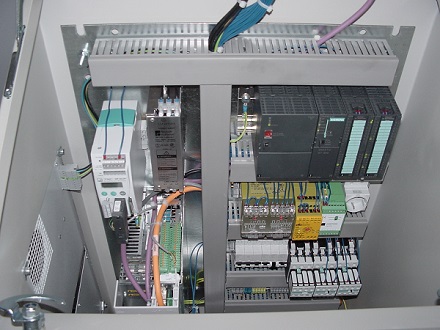This article compares the technical capabilities of modern measuring amplifiers with the testing and measuring capabilities of today’s programmable logic controllers (PLC). Precision, flexible use, operation, and safety are emphasized. Other important points are integration into automation environments and IoT applications.
Where is the journey in testing and measuring technology taking us? What are the sticking points, and which aspects should be considered for success in the long run?
New concepts are required
Frequently, the interaction between the individual parts of production systems or test benches has only been possible through complicated transfer channels and interface converters. To make these increasingly complex systems more efficient, there has been a consistent shift, over time, toward uniform interfaces and components taken as building blocks from a modular system. Similarly, product developers and production planners are looking for flexible systems that offer easy integration of new technologies, without users having to retrain each time. Hence, a fundamental distinction must be made between automation tasks and product development tasks. Product development requires precise data acquisition at high recording rates. In automation environments, sequences need to be run in deterministic real-time to optimize machine operation. In this case, measured data is less important than diagnostic data. The formerly separate fields of product development and automation have already been brought together in today’s mechatronic systems. Ideally, the components should provide sufficient flexibility to allow their use in both areas.









